Bookshelf Styling: Mastering the Rule of Thirds and Colour Coding
Table Of Contents
- Introduction
- Understanding the Rule of Thirds in Bookshelf Design
- Applying the Rule of Thirds to Your Bookshelf
- Colour Coding Fundamentals: Beyond Basic Organization
- Strategic Colour Coding Techniques for Visual Impact
- Combining Rule of Thirds with Colour Coding for Maximum Effect
- Styling Different Types of Bookshelves
- Common Styling Mistakes to Avoid
- Conclusion
Bookshelf Styling: Mastering the Rule of Thirds and Colour Coding
A well-styled bookshelf is more than just storage—it's a statement piece that reflects your personality while elevating your home's aesthetic. Yet many Singapore homeowners struggle with transforming their cluttered shelves into the magazine-worthy displays they admire on social media. The secret to that polished, designer look? Understanding two fundamental styling principles: the rule of thirds and strategic colour coding.
These two techniques are the backbone of professional bookshelf styling, creating visual balance and intentional design that draws the eye without overwhelming the space. Whether you're working with a compact bookshelf in your HDB apartment or styling a grand built-in unit in your landed property, mastering these principles will transform your shelves from purely functional to beautifully intentional.
In this guide, we'll break down these seemingly complex design concepts into approachable steps anyone can implement. You'll learn how to create visually balanced arrangements using the rule of thirds and how to leverage colour coding beyond basic organization to create stunning visual impact—all without sacrificing the functionality of your storage space.
Understanding the Rule of Thirds in Bookshelf Design
The rule of thirds is a fundamental principle in visual composition that has guided photographers, artists, and designers for centuries. When applied to bookshelf styling, it creates a sense of balance and visual interest that elevates ordinary shelving into something extraordinary.
At its core, the rule of thirds involves dividing your bookshelf (or any visual space) into a 3×3 grid, creating nine equal sections. The theory suggests that placing focal points at the intersections of these grid lines creates more tension, energy, and interest than simply centering everything.
For bookshelves specifically, this means avoiding the urge to place items symmetrically or to fill every inch of space. Instead, the rule encourages you to think of each shelf as having three sections—left, middle, and right—and to vary how you arrange items across these sections. This creates a natural flow that guides the eye across your display rather than having it bounce randomly from shelf to shelf.
While traditional interior design often emphasizes perfect symmetry, the rule of thirds embraces a more dynamic balance. This approach feels particularly relevant in Singapore homes where contemporary and Scandinavian storage styles have gained popularity for their clean yet interesting aesthetic.
Applying the Rule of Thirds to Your Bookshelf
Step 1: Assess Your Bookshelf Structure
Begin by taking a step back and visualizing your shelf divided into thirds both horizontally and vertically. If you have a standard rectangular bookcase with multiple shelves, mentally divide each horizontal shelf into three sections and also consider the vertical divisions created by the entire unit.
For irregular or floating shelves, you'll still want to mentally impose this grid structure to guide your styling decisions. The goal is to create natural focal points at the intersections of these imaginary lines.
Step 2: Create Visual Weight Distribution
Next, distribute visual weight across your shelves following the rule of thirds. Place heavier or larger items (like stacked books, larger decor pieces, or plants) at or near grid intersections. This might mean positioning a striking decorative object at the one-third mark of a shelf rather than dead center.
Remember that visual weight isn't just about physical size—a small item with bright color or intricate detail can carry significant visual weight. A small but vibrant red vase might have more impact than a larger item in a neutral tone.
Step 3: Create Breathing Room
One common mistake is filling every inch of shelf space. The rule of thirds encourages you to leave strategic empty spaces, particularly in the sections that aren't at grid intersections. This negative space is crucial—it gives the eye places to rest and helps highlight your focal points.
In compact Singapore apartments where space is at a premium, this might seem counterintuitive. However, incorporating breathing room in your bookshelf styling actually creates the illusion of more space rather than less.
Step 4: Vary Heights and Depths
Within your thirds framework, vary the heights of your arrangements. Perhaps the left third of one shelf features stacked books, while the middle third has a shorter decorative object, and the right third features a taller plant or vase.
Don't be afraid to play with depth as well. Placing some items closer to the front edge and others further back adds dimension and interest. This technique works particularly well with wooden storage pieces that have deeper shelves.
Colour Coding Fundamentals: Beyond Basic Organization
Colour coding bookshelves has become increasingly popular, but when approached thoughtfully, it's much more than a trendy organizational system—it's a powerful design tool that can transform your entire room's aesthetic.
At its most basic level, colour coding involves arranging books and objects by color. But for truly sophisticated shelf styling, we need to understand how colors interact with each other and with your overall room design.
Understanding Colour Theory for Shelving
Before you start rearranging, it helps to understand some basic colour theory principles:
Complementary colours (those opposite each other on the colour wheel, like blue and orange) create vibrant, high-contrast combinations that draw attention. Analogous colours (those adjacent on the colour wheel, like blue, blue-green, and green) create harmonious, soothing arrangements. Monochromatic schemes (variations of a single colour) can create sophisticated, cohesive displays that add texture without overwhelming a space.
For Singapore homes, where many living spaces feature neutral walls and furniture from retailers like Loft Home, bookshelf colour coding offers an opportunity to introduce controlled color without committing to bolder permanent fixtures.
Assessing Your Existing Collection
Take inventory of the colors already present in your book collection and decorative objects. Most collections will naturally have color patterns—perhaps you have many books with blue or black spines, or your decorative objects tend toward certain hues.
Understanding what you're working with helps determine whether you'll arrange by strict rainbow order, color family groupings, or a more curated approach that incorporates your room's existing color palette.
Strategic Colour Coding Techniques for Visual Impact
The Rainbow Approach
The classic rainbow arrangement (ROYGBIV: red, orange, yellow, green, blue, indigo, violet) creates an immediately recognizable and visually pleasing pattern. This approach works particularly well for large bookcases where the full spectrum can be appreciated.
For the rainbow approach, start by sorting all books and objects by their dominant color. Then arrange them following the natural color progression. You might choose to arrange horizontally across shelves or vertically through the bookcase depending on your shelf configuration.
The Colour Block Method
Rather than creating a continuous rainbow, the colour block method involves grouping items of similar colors together to create distinct visual "blocks." This approach offers more flexibility, allowing you to highlight colors that complement your room's existing palette.
For example, if your living room features accents of teal and brass, you might create larger groupings of blue and green books while minimizing reds or purples that don't reinforce your color scheme.
The Neutral Spine Technique
For those who prefer a more subdued look, focusing on books with white, black, beige, or gray spines creates a sophisticated, cohesive appearance that works beautifully with minimalist storage pieces.
This approach allows your decorative objects to stand out more prominently against the neutral background. It's particularly effective in spaces that already have multiple colors or patterns, where a more restrained bookshelf prevents visual overwhelm.
The Inside-Out Method
For the truly committed to aesthetics, the inside-out method involves turning books so their pages face outward rather than their spines. This creates a uniform, textural ivory or cream appearance.
While controversial among book lovers (as it makes finding specific titles challenging), this approach can be used selectively to create calm, neutral sections within an otherwise colorful arrangement.
Combining Rule of Thirds with Colour Coding for Maximum Effect
The most sophisticated bookshelf styling comes from thoughtfully combining the rule of thirds with strategic colour coding. Here's how to merge these techniques seamlessly:
Creating Colour Focal Points
Use the rule of thirds grid to determine where to place your most visually striking color groupings. Position these at the intersection points of your imaginary grid lines where they'll naturally draw attention.
For example, you might place a collection of vibrant red books or objects at the intersection of the top and right third of your bookcase, creating a natural focal point that anchors the entire display.
Colour Gradients Within Thirds
Within each third of a shelf, consider creating mini color gradients or transitions. This adds sophistication while maintaining the overall structure provided by the rule of thirds.
For instance, within the left third of a shelf, you might transition from light blue to dark blue books, creating a pleasing ombré effect within that section.
Balancing Colour Across the Entire Unit
When viewing your bookshelf as a whole, aim to distribute colors in a way that creates diagonal or zigzag patterns rather than horizontal bands. This movement guides the eye throughout the entire display rather than having it move predictably from left to right.
If you have a particular color that features prominently in your room, such as the teal of your sofa, consider repeating touches of this color at different points throughout your bookshelf to create cohesion with the wider space.
Styling Different Types of Bookshelves
The principles of thirds and colour coding can be adapted to any bookshelf style, but certain approaches work particularly well with specific designs:
Traditional Rectangular Bookcases
For standard bookcases with evenly spaced shelves, create variation by adjusting the height of objects and books within your thirds framework. Consider removing some shelves if possible to create double-height sections for larger items or art pieces.
With traditional bookcases, color blocking often works better than a continuous rainbow, especially when you incorporate the rule of thirds to break up what might otherwise be too rigid a color progression.
Floating or Asymmetrical Shelves
For floating shelves or asymmetrical shelf storage units, the rule of thirds helps create visual balance despite the irregular structure. Use color to visually connect shelves—perhaps carrying a color theme from one shelf to another to create cohesion.
The built-in negative space in these designs already complements the rule of thirds approach, making it easier to create breathing room around your focal points.
Cube Storage Units
The compartmentalized nature of cube storage units creates a natural grid that works beautifully with the rule of thirds. Rather than treating each cube as its own space, think of the entire unit as your canvas and place focal points at the intersections of your larger imaginary grid.
Color coding in cube units can be particularly effective, with each cube potentially showcasing a different color family while still maintaining overall balance across the unit.
Common Styling Mistakes to Avoid
Even with a solid understanding of the rule of thirds and colour coding, there are several common pitfalls that can undermine your styling efforts:
Overcrowding
Perhaps the most common mistake is filling every inch of shelf space. Remember that negative space is crucial to both the rule of thirds and to allowing your color arrangements to shine. Aim to leave at least 20-30% of your shelf space empty for optimal visual impact.
Too Much Symmetry
While symmetry can be comfortable, it often creates static, uninteresting displays. The rule of thirds intentionally avoids perfect symmetry in favor of more dynamic balance. Resist the urge to create mirror images on your shelves.
Neglecting the Background
The color and finish of your bookshelf itself plays a role in your overall color strategy. Dark shelves make colors pop differently than white or natural wood finishes. Consider how your shelf color interacts with your book and decor colors.
For example, a collection of white-spined books might disappear against white Scandinavian storage but create striking contrast against a darker finish.
Forgetting Functionality
While aesthetics are important, don't sacrifice functionality entirely. Books you reference frequently should remain accessible, even if they don't fit your color scheme perfectly. Consider creating designated areas where function takes priority over form.
Ignoring Scale
Pay attention to the scale of items relative to your shelf size. On deeper shelves, small items can get lost if not brought forward or grouped. Similarly, very large items can overwhelm narrow shelves. The rule of thirds works best when the scale of your items is appropriate to your shelf dimensions.
Conclusion
Mastering bookshelf styling through the rule of thirds and strategic colour coding transforms ordinary storage into a design feature that enhances your entire living space. These techniques provide structure and intention to what might otherwise feel like random arrangements, creating the polished, designer look that many Singapore homeowners aspire to achieve.
Remember that successful styling is an evolving process rather than a one-time task. As you acquire new books and objects, you'll want to reassess your arrangement, perhaps seasonally refreshing certain sections while maintaining your overall approach to thirds and color.
The beauty of these techniques lies in their flexibility—they can be adapted to any aesthetic preference, from minimalist to maximalist, and any bookshelf style from built-ins to floating shelves. Whether you're working with a carefully curated collection or styling around everyday items, the rule of thirds and thoughtful colour coding provide the framework for creating a bookshelf that's both functional and visually stunning.
Ready to transform your bookshelf? Start by clearing everything off and approaching your styling with fresh eyes, keeping these principles in mind. With a little patience and experimentation, you'll create a bookshelf arrangement that not only organizes your belongings but also elevates your entire space.
Visit Loft Home Furniture to explore our range of stylish bookshelves and storage solutions that will beautifully showcase your newly styled book collection. Our curated selection offers options for every space and aesthetic, from sleek minimalist designs to statement pieces that become the focal point of your room.


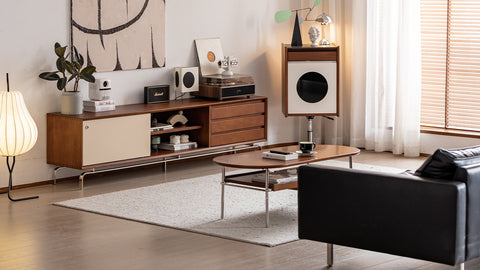

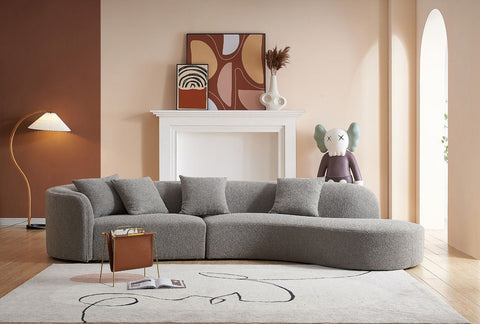
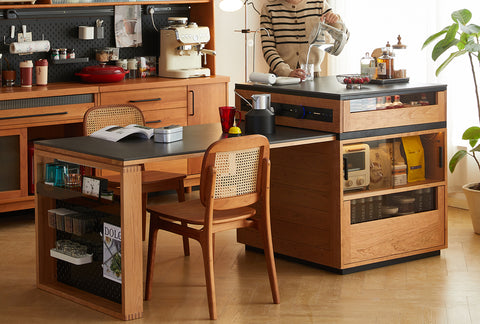
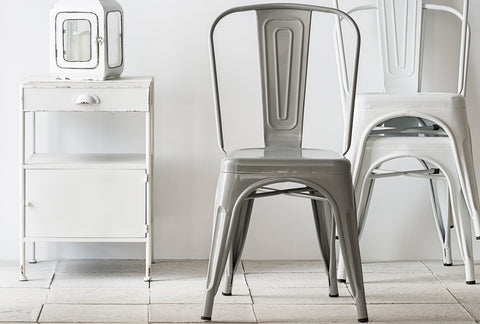
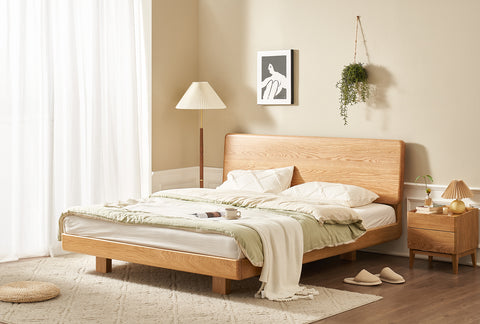
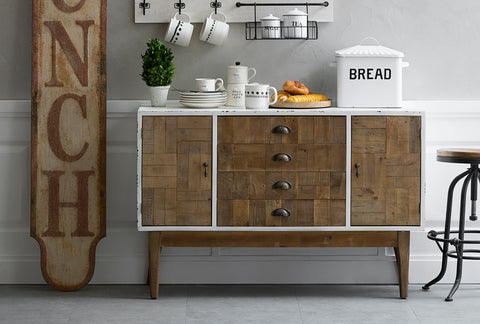




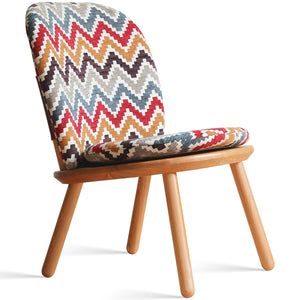
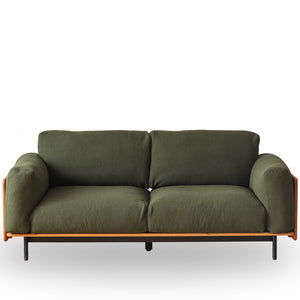
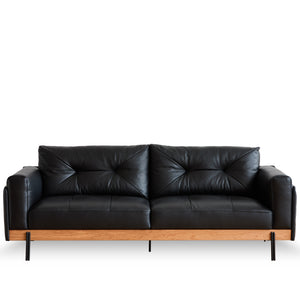
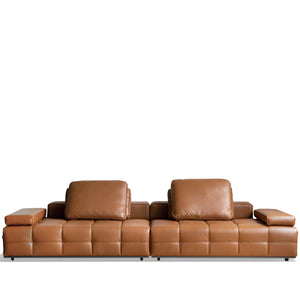
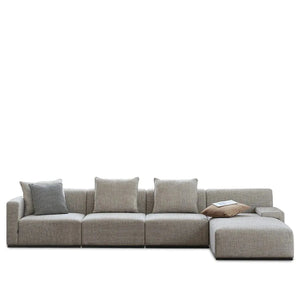
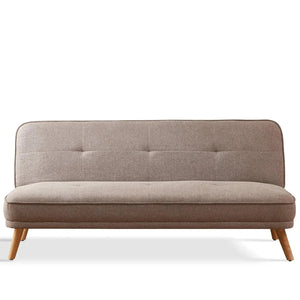
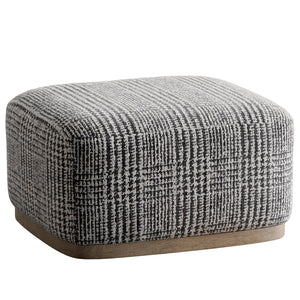
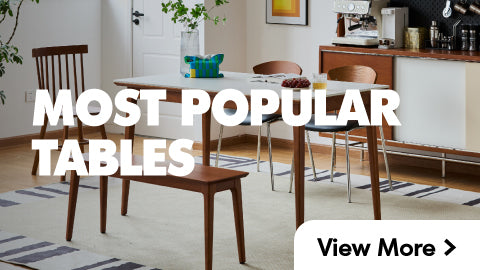
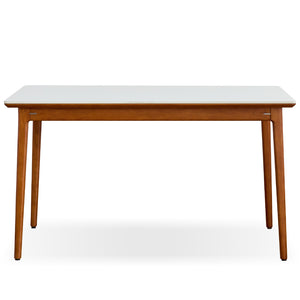
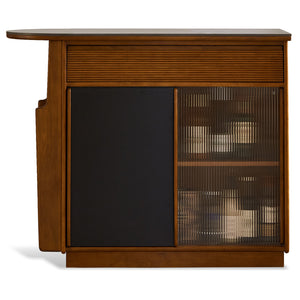
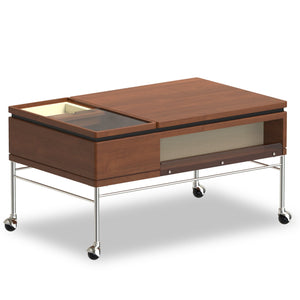
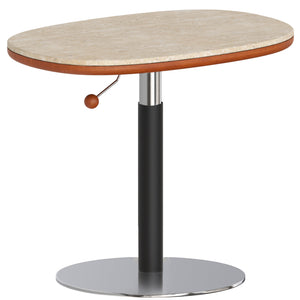
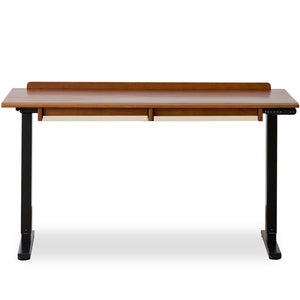
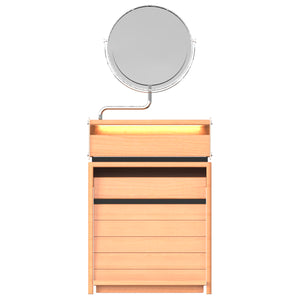
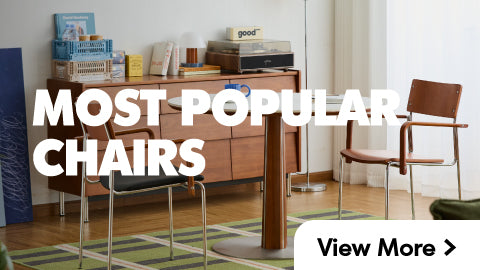
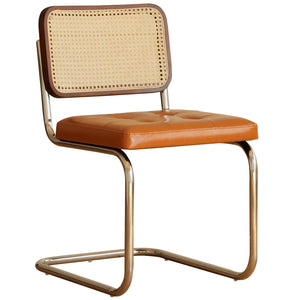
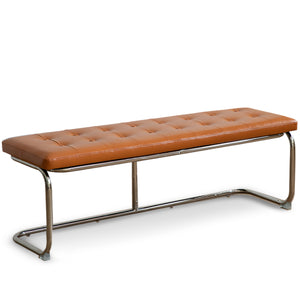
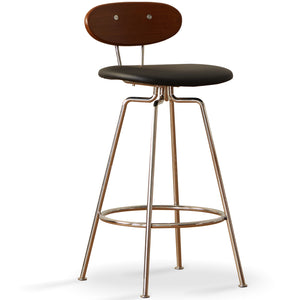

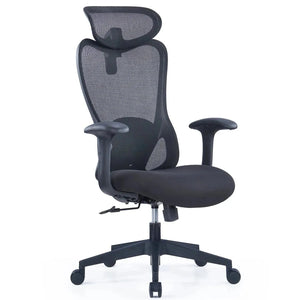

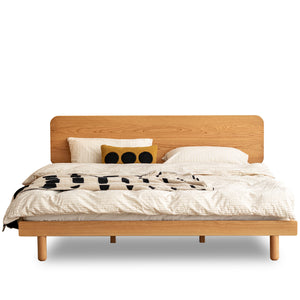
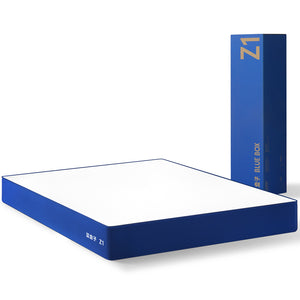
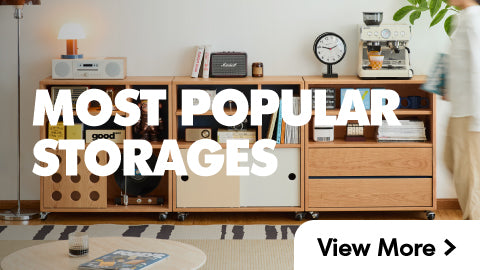
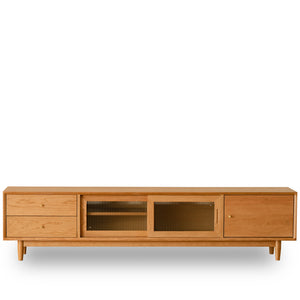
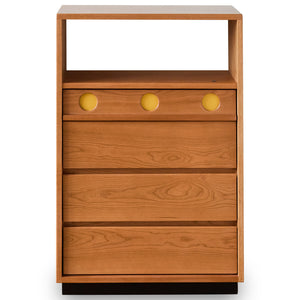
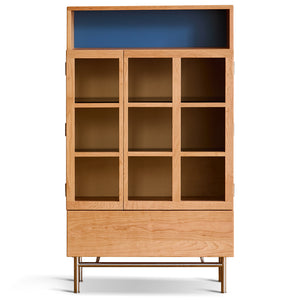
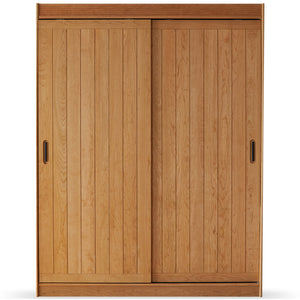
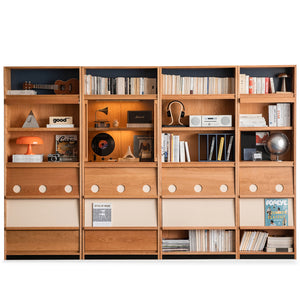

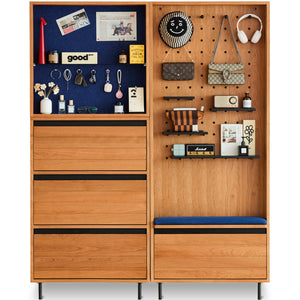
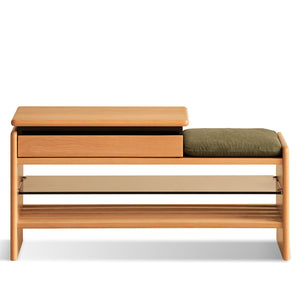
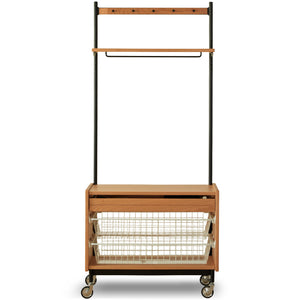
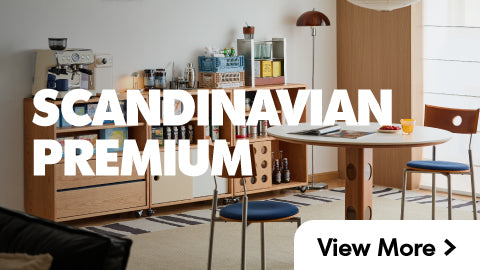





















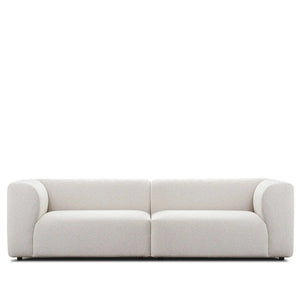




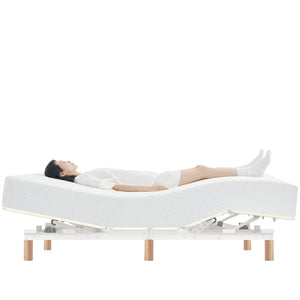
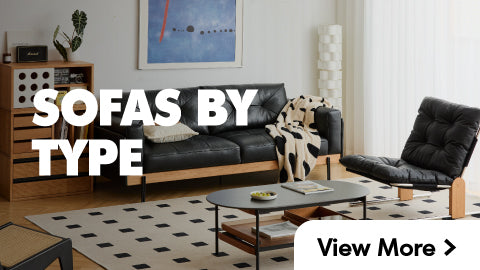
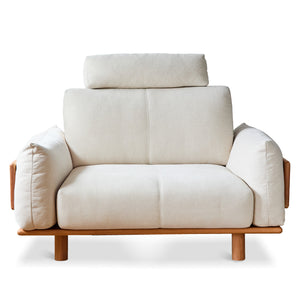

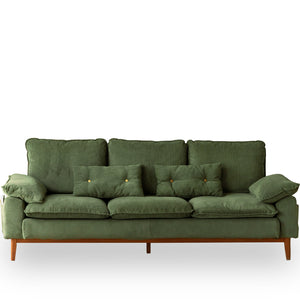
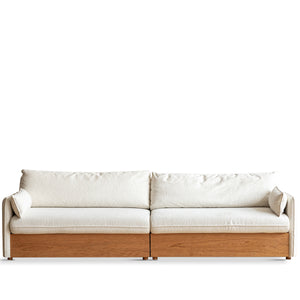
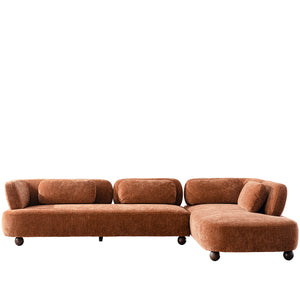
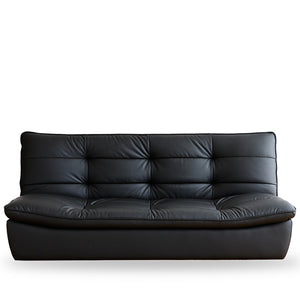
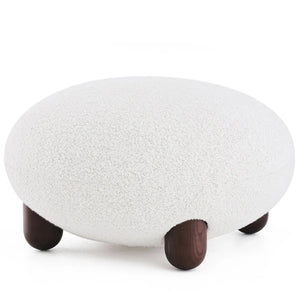
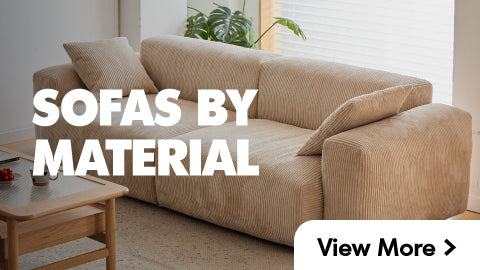
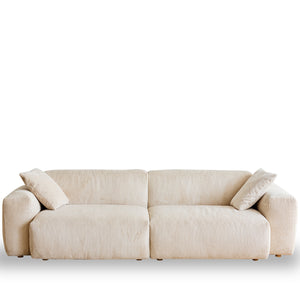
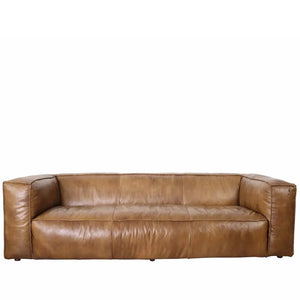
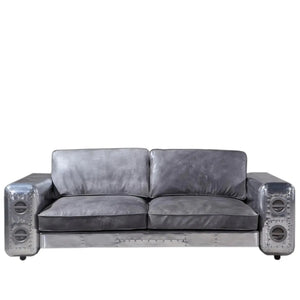
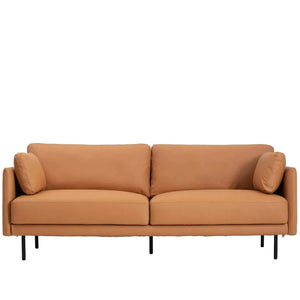
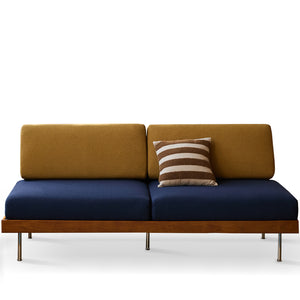
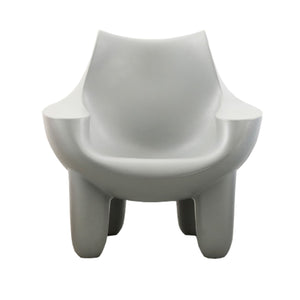


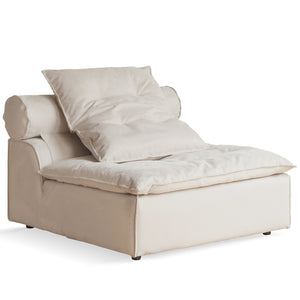

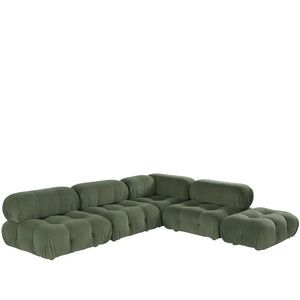
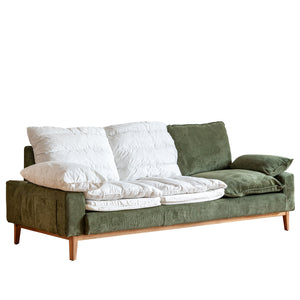
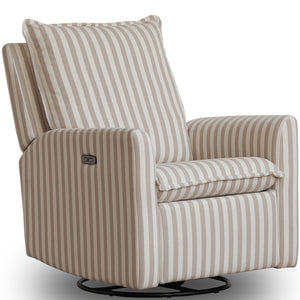
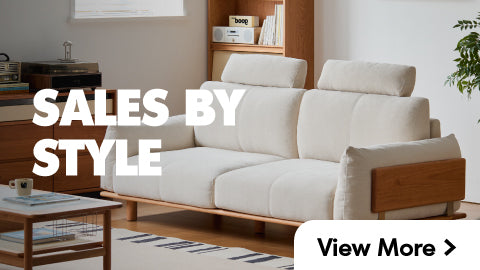
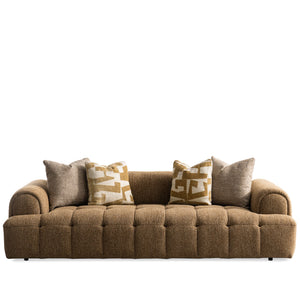

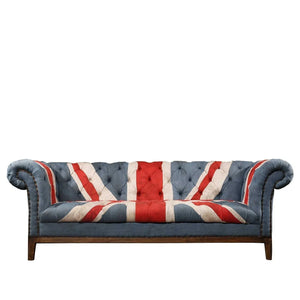
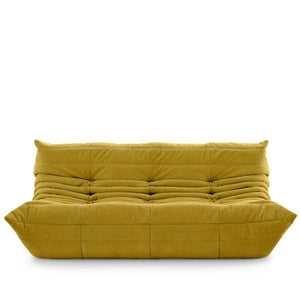
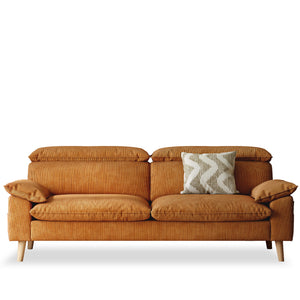
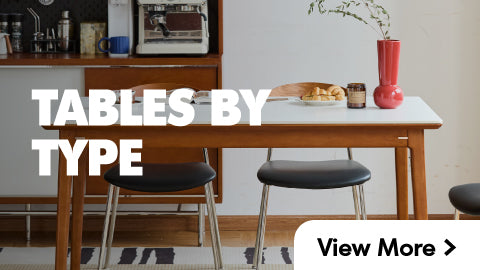
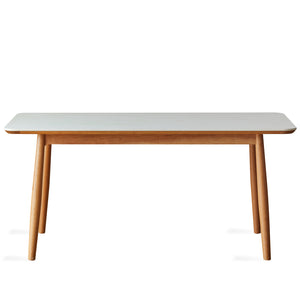
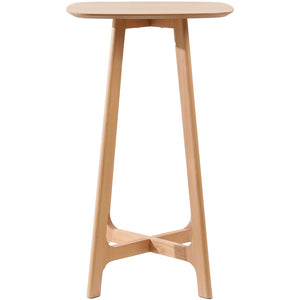
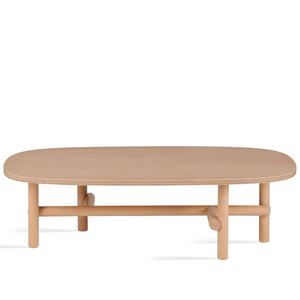
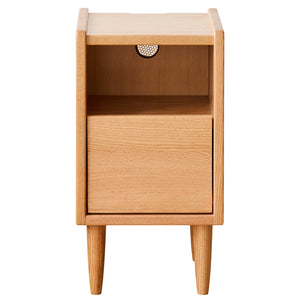
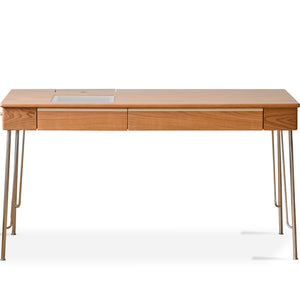
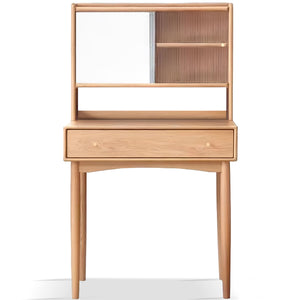
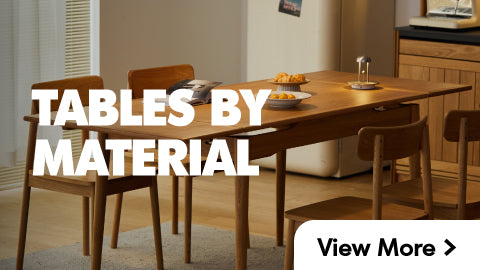
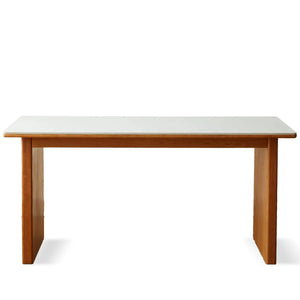
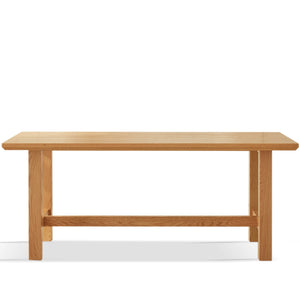
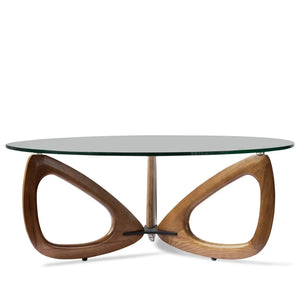
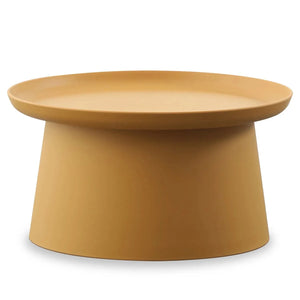

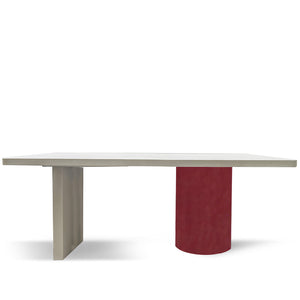
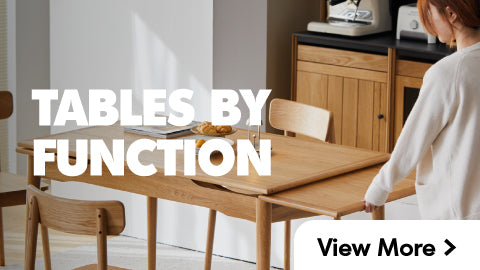
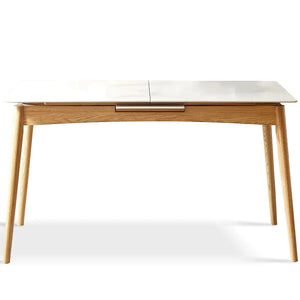
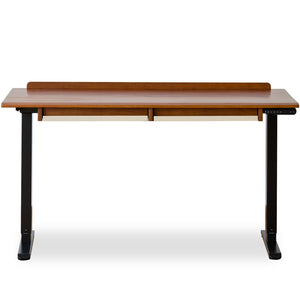
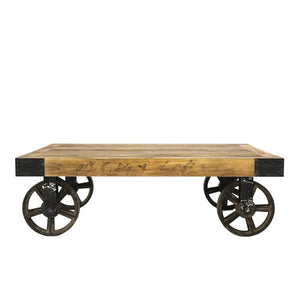

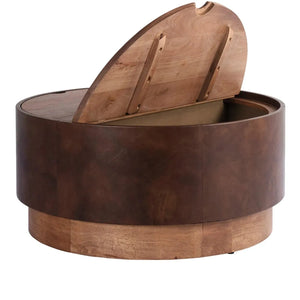
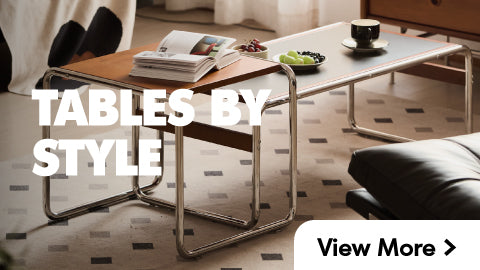
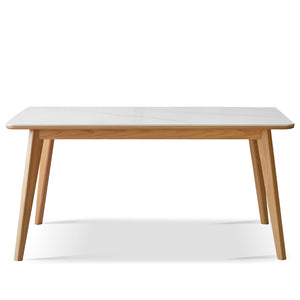

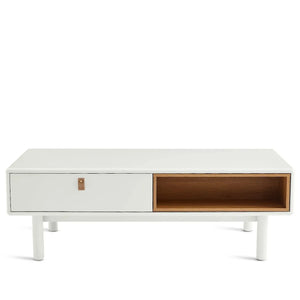
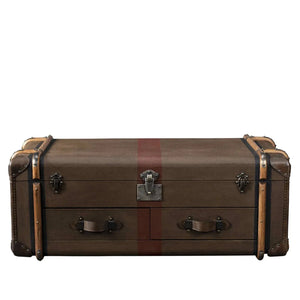
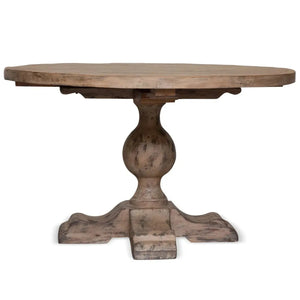
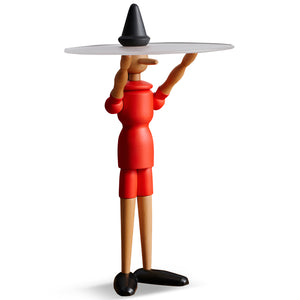
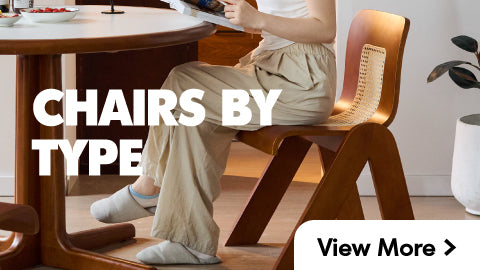
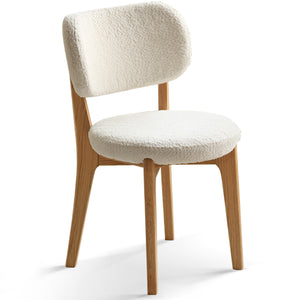
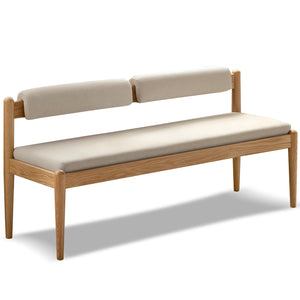
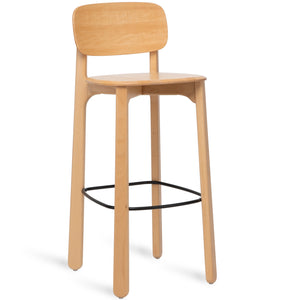
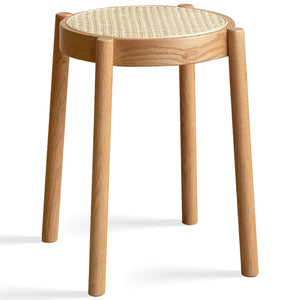
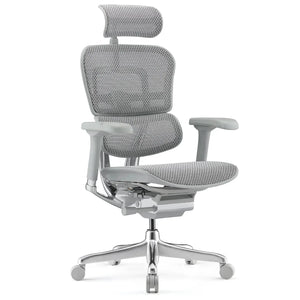
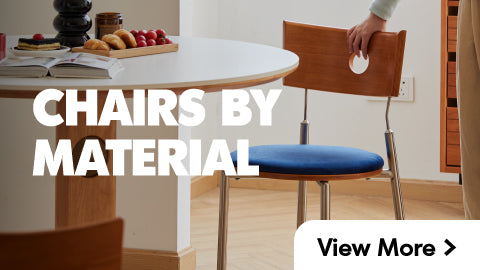
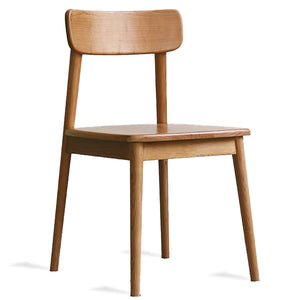
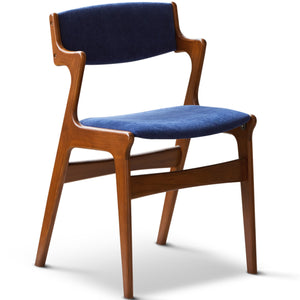
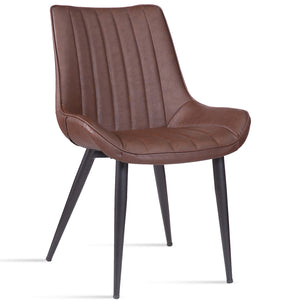
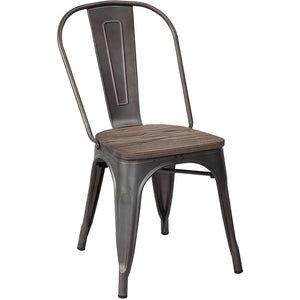
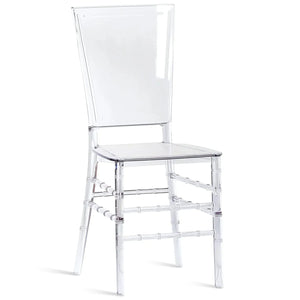
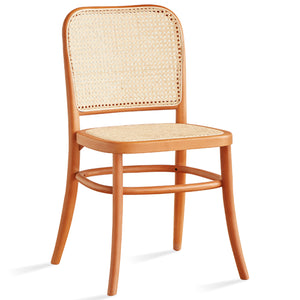
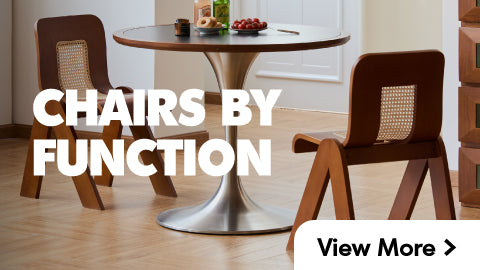
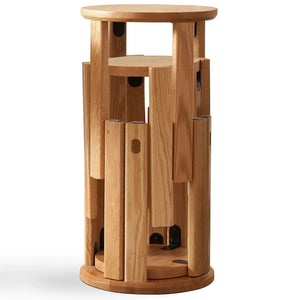

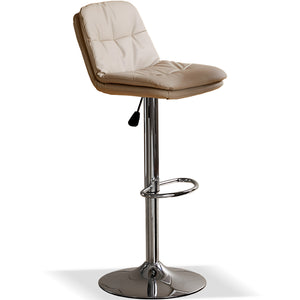
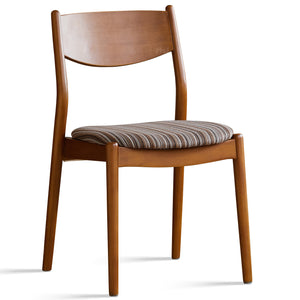
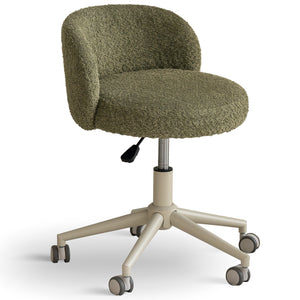
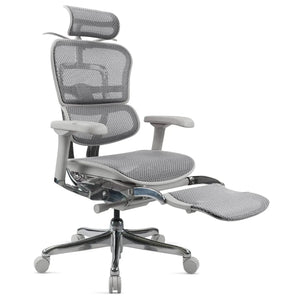
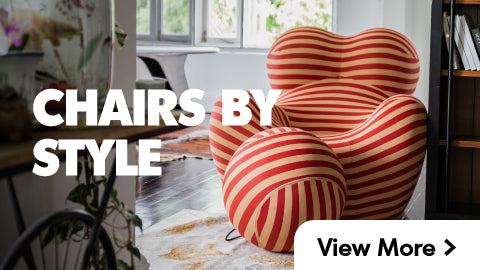
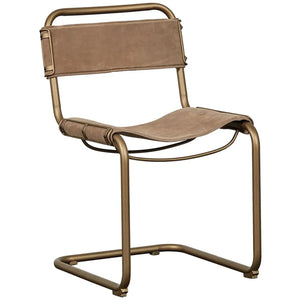
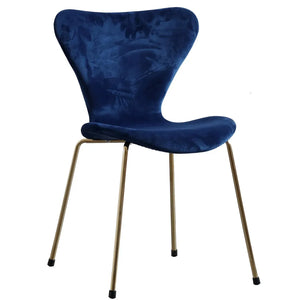
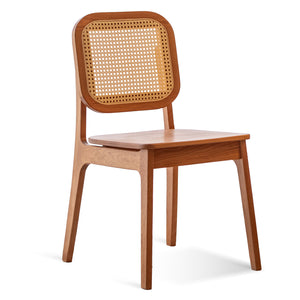
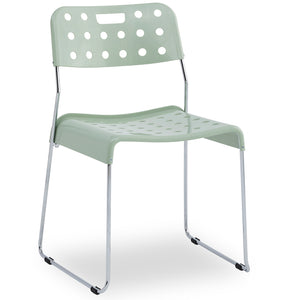
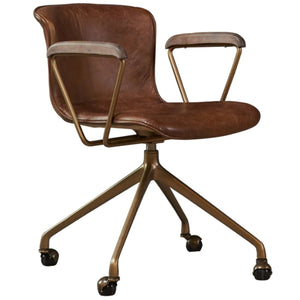

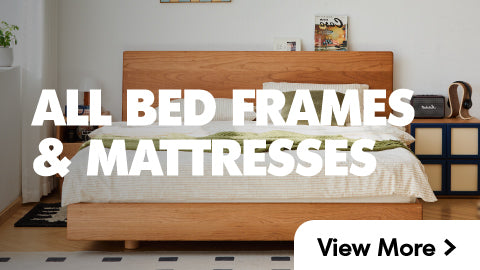
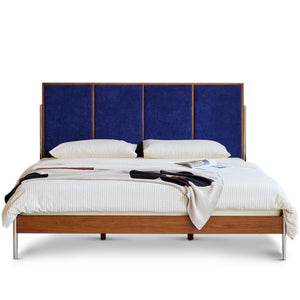

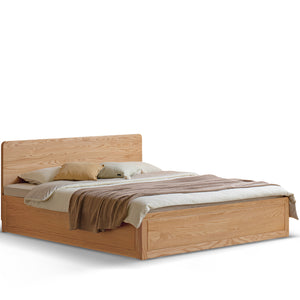
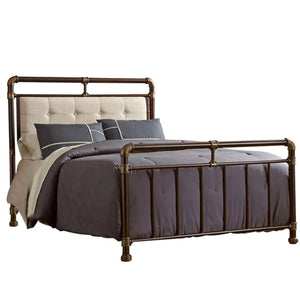
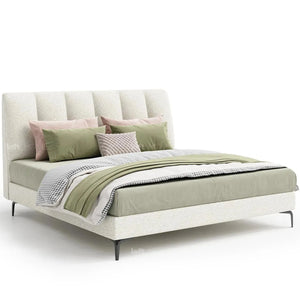
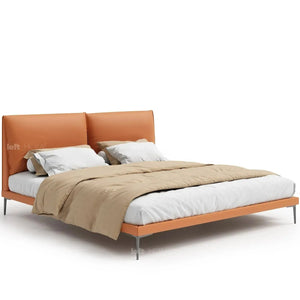
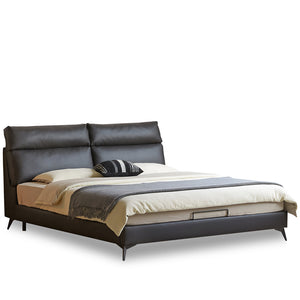
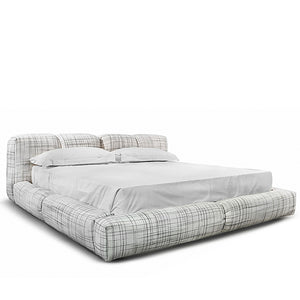

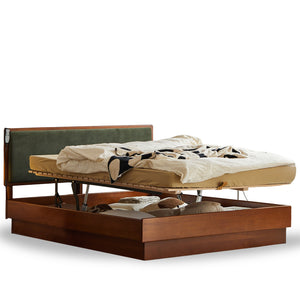


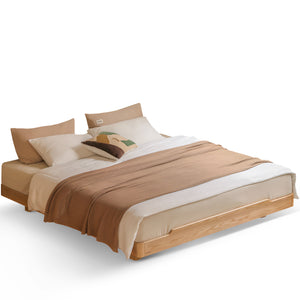
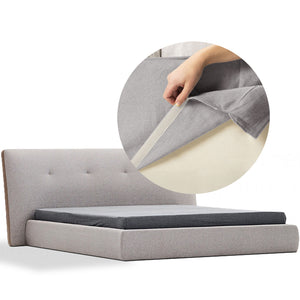
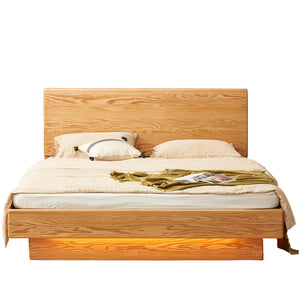
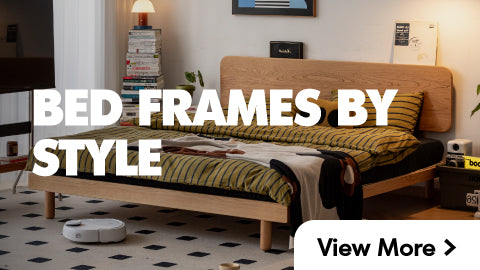
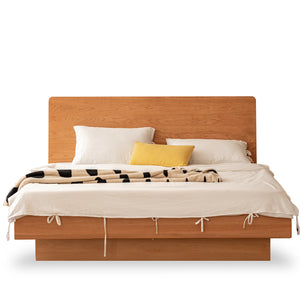
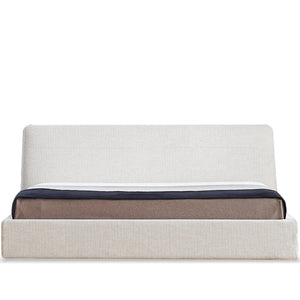
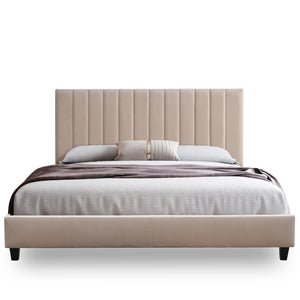
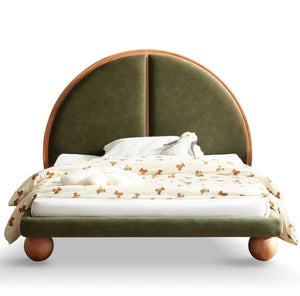
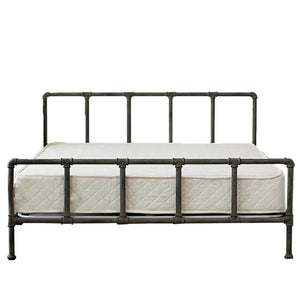
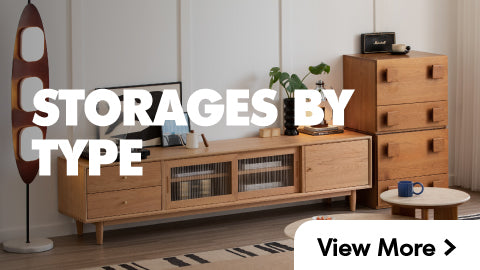
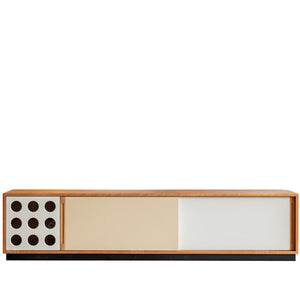

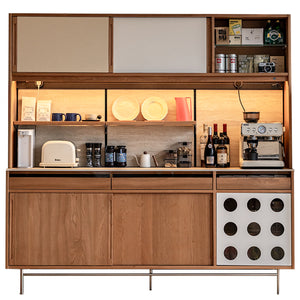
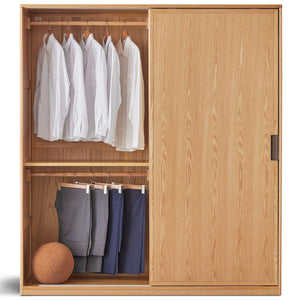
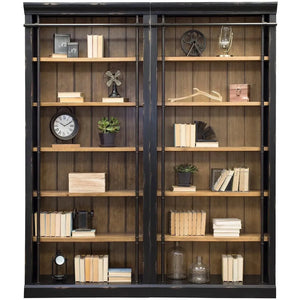
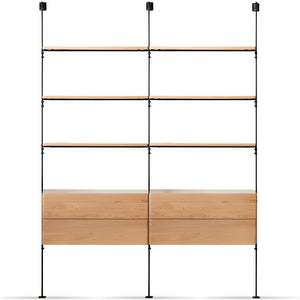
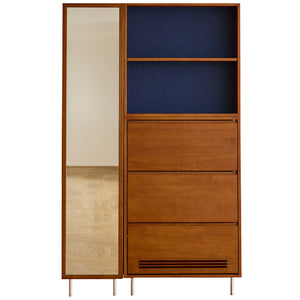
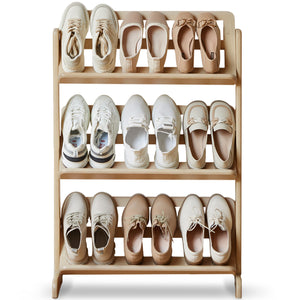
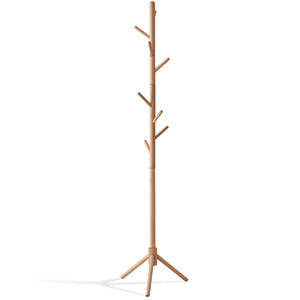

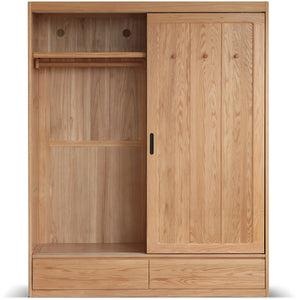
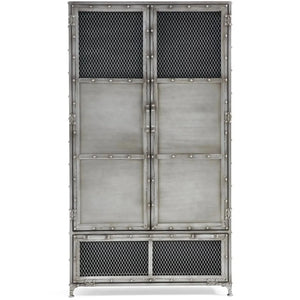

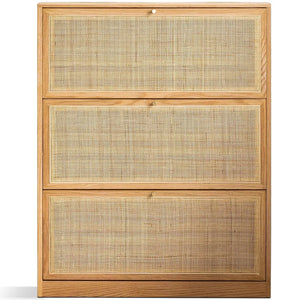
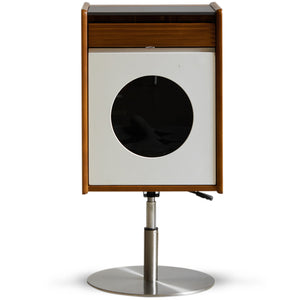
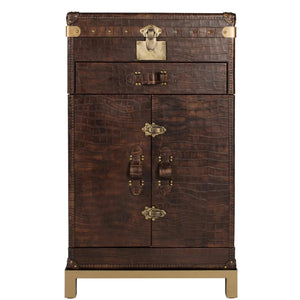

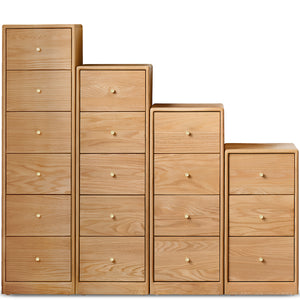
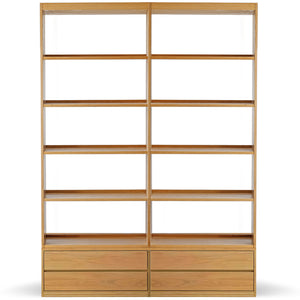
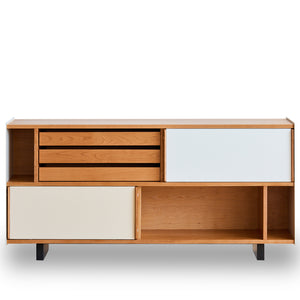
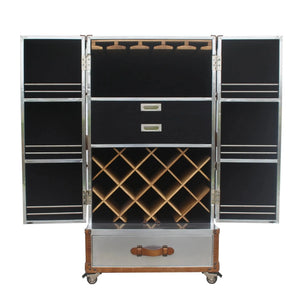
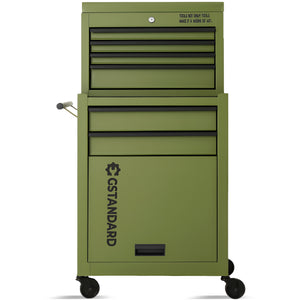

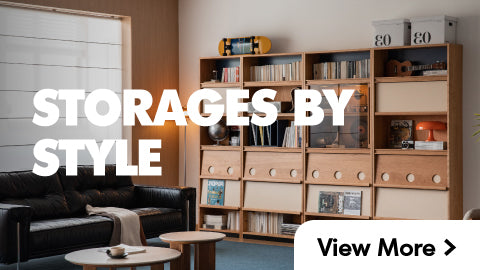
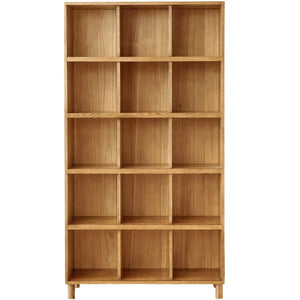

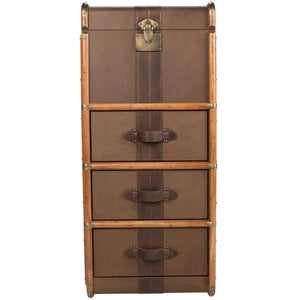
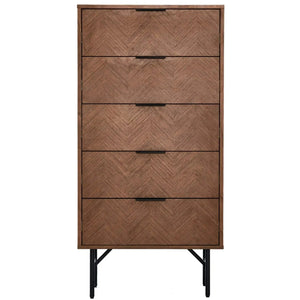
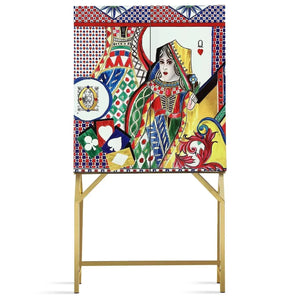
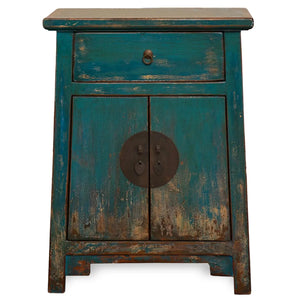


























































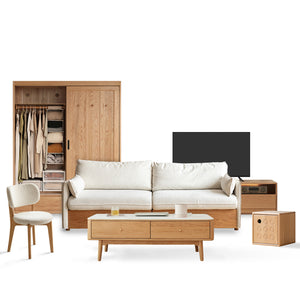
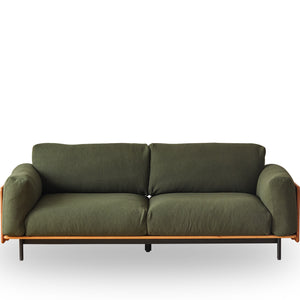
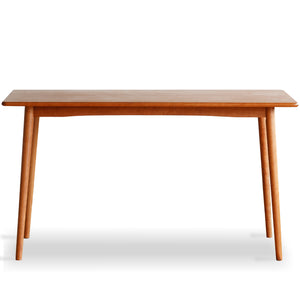
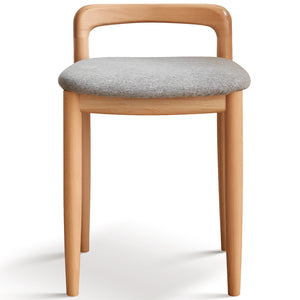
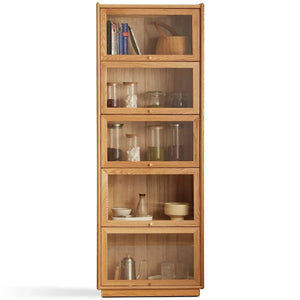
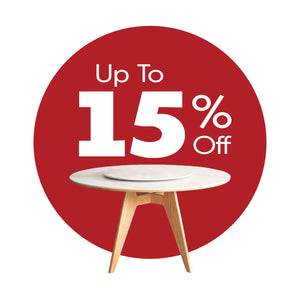


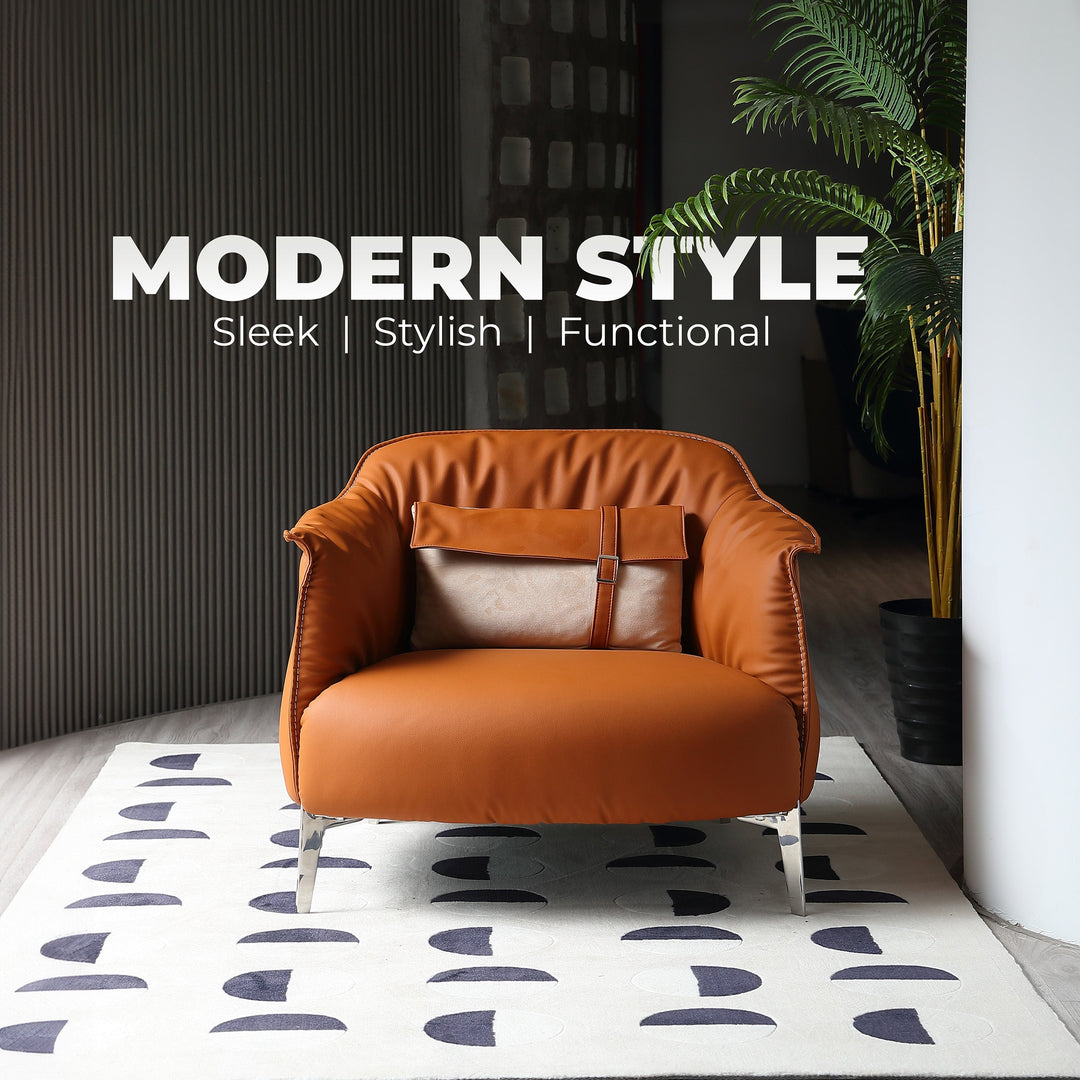
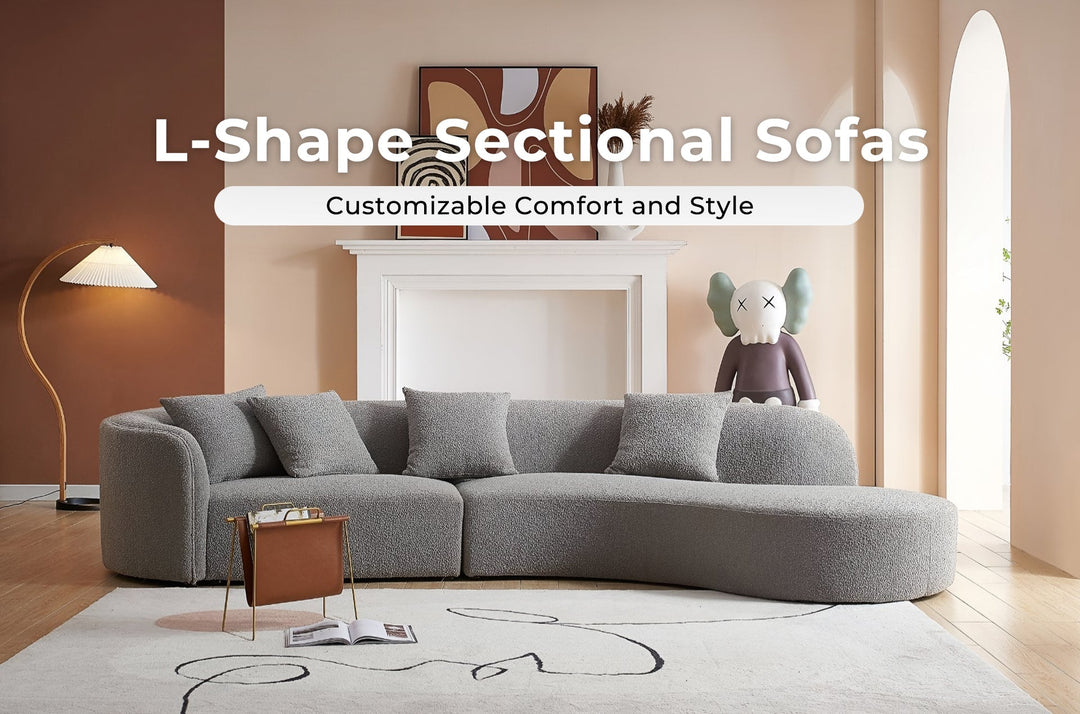

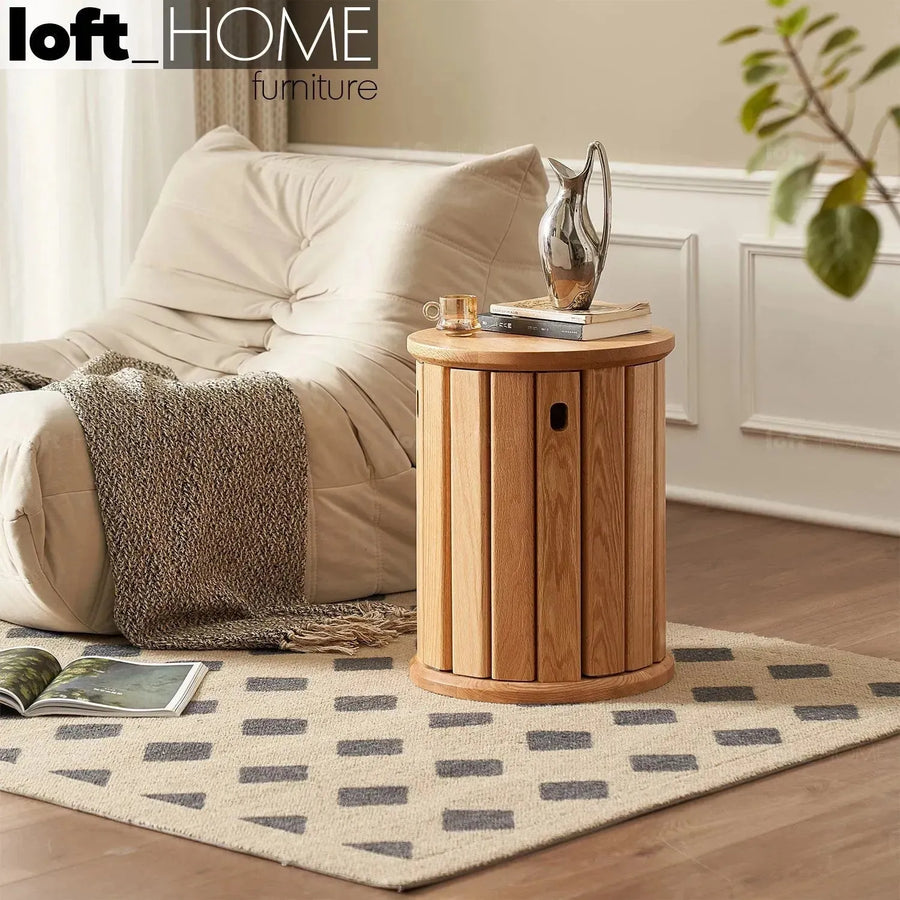
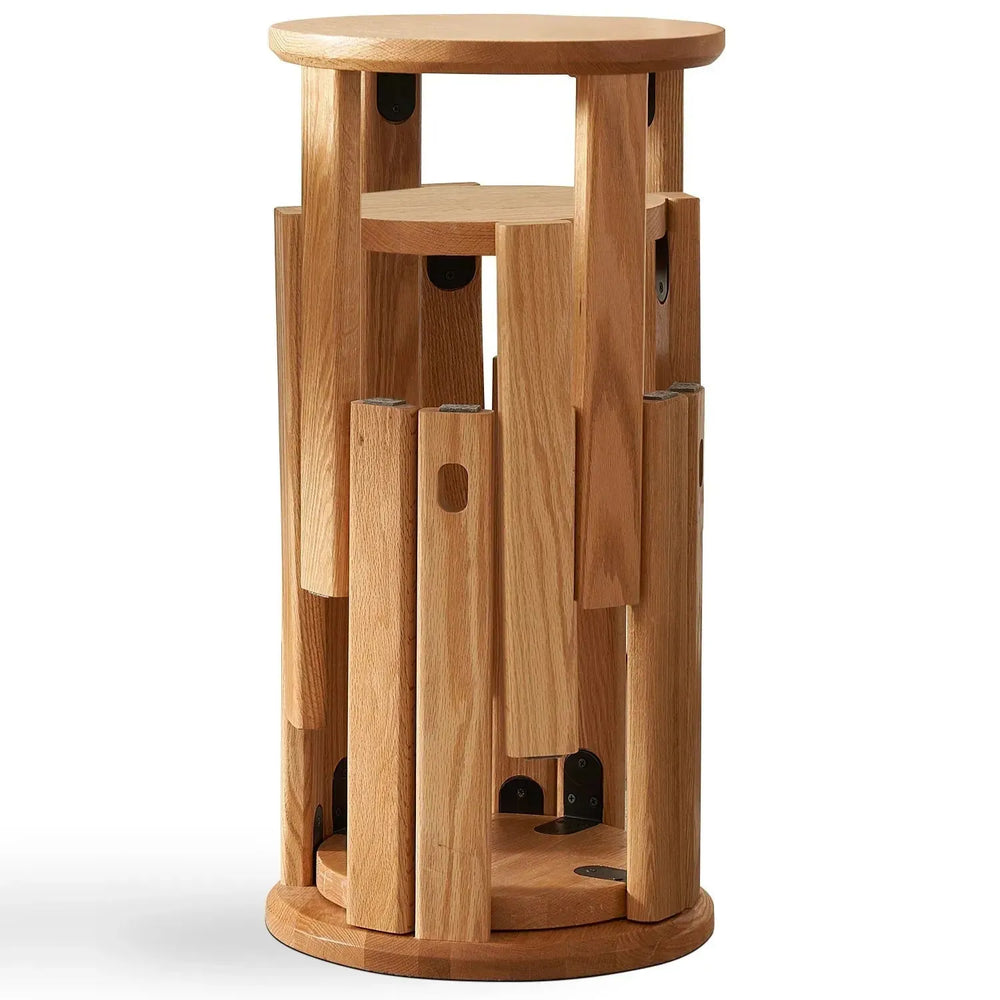



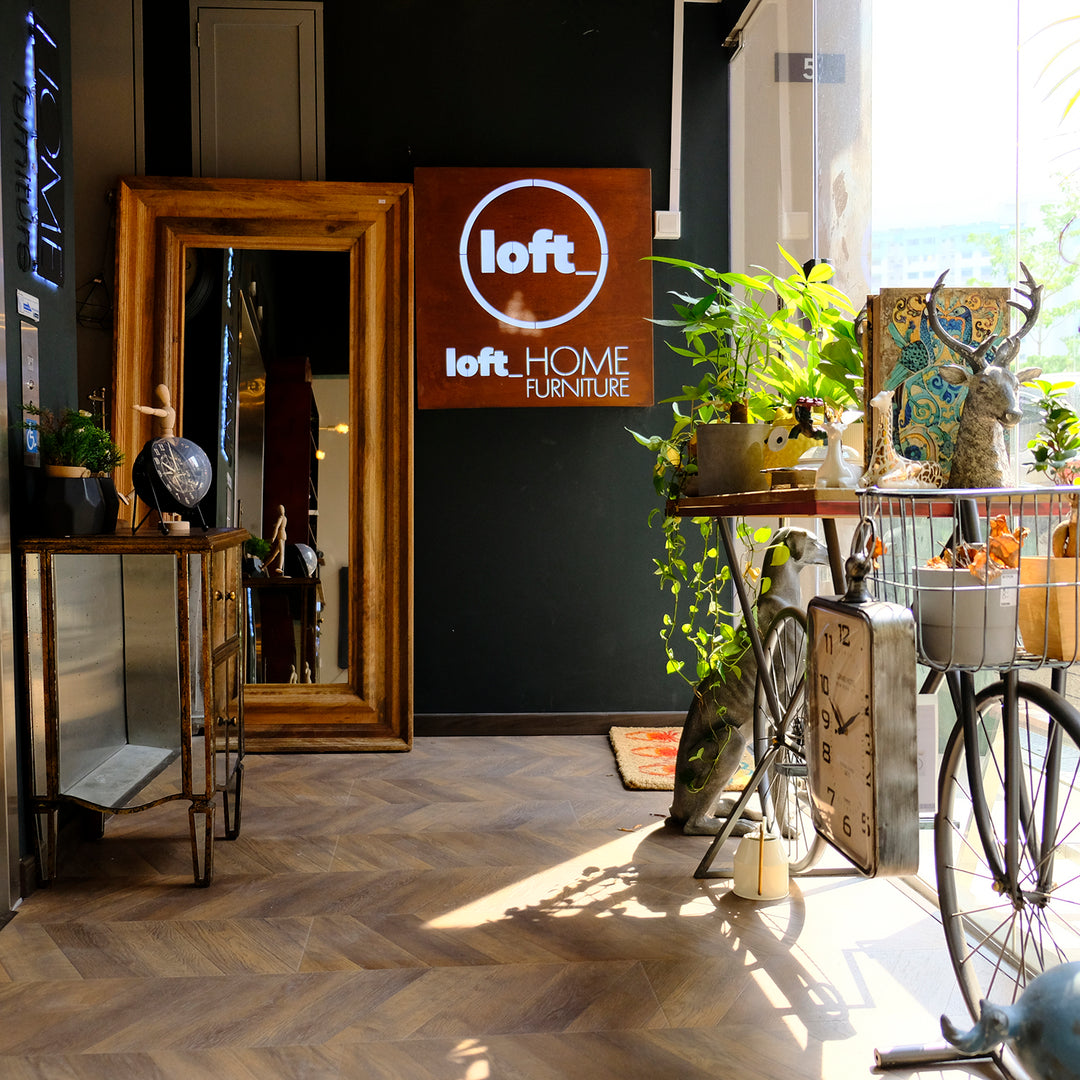
Leave a comment